Internment survivor chooses to reject bitterness
Editor-in-Chief Alexander Rurik, ‘19, chose to interview Japanese internment survivor Hide Yamaguchi in light of the 76th anniversary of the bombing of Pearl Harbor. This is the second of three articles showcasing the stories of those affected by prejudice following the Japanese attack. Read Rurik’s first article: Japanese-American internment survivor recalls life during WWII.

On Dec. 7, 1941, the United States Naval Base, Pearl Harbor, was taken by surprise when Japanese planes attacked, killing more than 2,300 Americans. This caused anxiety to increase as well as prejudice against minority groups back in the mainland, especially the West Coast. The government feared Japanese-Americans and immigrants might help Japan by sending in materials and information about the states.
Soon after, Franklin D. Roosevelt signed Executive Order 9066, Feb. 19, 1942, commencing the round-up of over 120,000 Japanese-Americans to relocation centers. Most existed in either California or Arizona, but these camps occupied numerous locations in the western US.
At the time, Hide Yamaguchi just turned 18 and had graduated high school. She lived in Compton, CA, with her parents and two older sisters when the notice came: they owned one week before relocation.
“Unfortunately it was at the most critical time of my life,” Yamaguchi said. “I was just getting out of high school and I didn’t have the chance to go further into education. We were sent to Gila, AZ, but first to the assembly station in Tulare. That’s where everything started to happen.”
When you have that prejudice shown against you when you’re very young, you take it in stride. You didn’t get angry or anything because you just thought that that’s the way it was. For our family, I don’t think there was a bitterness or anything. I thought it was a natural thing that we just had to follow. We were brought up from childhood knowing this prejudice so we just accepted it. That’s why we quietly did whatever they told us to do. — Hide Yamaguchi
The Japanese-Americans were permitted to haul one bag, bringing only what they could carry and leave everything else behind. She also recalls what the assembly center in Tulare was like.
“The people that suffered the most was our parents,” Yamaguchi said. “They had to get rid of all their life savings. Naturally, the household goods all had to be sold or stored, except there was no place to store it. Most of the people tried to sell their things and in a time like that, people would be taken advantage of. I have no childhood memories because everything is gone.
“They hastily put up barracks we were assigned to,” Yamaguchi continued. “You go in there and you found this big thing that looked like a pillow. You picked one of them up and went over to where there were piles of hay and filled it because that was your new mattress. The cabins had weeds growing from the floorboard. The most humiliating thing was the latrine: a little shed that had a plank with lots of holes in it. There was no privacy. Showers were also communal, you would pull a string and you would get a cold shower.”
After first passing through the Tulare assembly station, Yamaguchi and her family trained to the Gila River War Relocation Center, located in the desert 45 miles southeast of Phoenix.

“Soon my dad became blind and didn’t know what he was going to do because we had left everything and weren’t allowed to take anything in. What he decided to do was repatriate and go back to Japan when he was 60. I was still a teenager and the only one left at home, so I decided to go with them and that’s why we were sent to Tule Lake. All the repatriation people were sent to Tule Lake.”
The Tule Lake Relocation Camp lies just south of the California-Oregon border. At its peak, the camp held over 18,000 people, making it the largest camp. Yamaguchi recollects a specific story from her time there.
“We were never allowed to go close to the fence,” Yamaguchi said. “There was one incident that made a lot of the younger people in camp angry. One day, there was a group that went out to farm because they supplied the vegetables. The driver was coming back in the truck and he was driving through the gate. He heard the guard say something from up high in his tower and he couldn’t hear what he was saying so he got out of the truck and they shot him in the stomach. It was messy but he didn’t die. The guard should know that he didn’t have any weapon.”
While there, Yamaguchi took nursing skills acquired in the Gila Relocation Camp and worked in surgery, eventually leading way to a job immediately after leaving camp.
“When I was in Gila, AZ, they trained us to be a nurse’s aid and I started working in a maternity ward,” Yamaguchi said. “When I went to Tule Lake, there was an opening in surgery so I applied and went in. In camp, I got paid $16 a month and doctors got paid $19 a month. One of the surgeons, after the war ended, wanted me to go to his office and work and my parents were very happy about that.
“I stayed in Fresno with the boss and his wife and worked for him for 25 years,” Yamaguchi continued. “When he retired, I worked for another doctor for 25 years. I was so fortunate that I never had to look for a job because of the training I had at the camp.”
Although she was fortunate in receiving training and a job in camp, it came under unfortunate circumstances. The prejudice the Japanese-Americans and immigrants received was extensive.
“All our life there was prejudice,” Yamaguchi said. “Growing up, we never went to the restaurants because they wouldn’t serve us. We were never allowed into the swimming pools. One of the grammar school teachers was so nice. She took six of us Japanese girls in her class to go to a swimming pool and made previous arrangements to make sure we could get in. We bought our swimming suits and we were so happy and we went and they looked at us and said no.”
Many of the Japanese-Americans had never seen Japan and stood loyal to America. Some even fought for the US during WWII, including Yamaguchi’s brother-in-law who was apart of the Italian campaign in Europe.
“Some girls went to school to become a teacher or something but they couldn’t get any jobs,” Yamaguchi said. “There was no use going into higher education because they just wouldn’t hire us. Even after the war, some Niseis who had fought in WWII came back and went to the barber, and they wouldn’t cut their hair.”
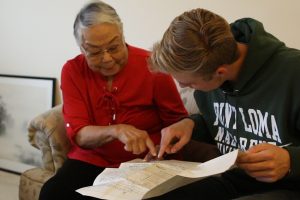
Yamaguchi explains how her family responded to prejudice. For them, it was a normal thing.
“When you have that prejudice shown against you when you’re very young, you take it in stride,” Yamaguchi said. “That’s the way it was. You don’t get angry or anything because you just think that that’s the way it is. For our family, I don’t think there was a bitterness or anything. I thought it was a natural thing that we just had to follow. We were brought up from childhood knowing this prejudice so we just accepted it. That’s why we quietly did whatever they told us to do.”
While some internees remained resentful over what they endured, Yamaguchi chose to take a separate route.
“I don’t have any bitterness,” Yamaguchi said. “Some people are bitter and it’s their loss. There are so many good things that go on that will help you forget about the bad things. And there’s always reason for what they did. Their reasoning was not good maybe, but they thought that was what they had to do”
Instead of concentrating on the negatives, she focuses on the positives.
“This is a hard thing to say, but I thought it was a good thing we were put into camp,” Yamaguchi said. “We’re still alive. If we were outside, I don’t know what would have happened to us because the prejudice was so severe. Some people who stayed out got their houses burned or injured badly. I thought, ‘at least we were safe inside camp,’ and others would get angry at me for thinking that.”
Hide Yamaguchi currently resides in Fresno, CA.
Read Rurik’s last article, Japanese-American internment survivor recalls life during WWII. For more related articles, read Fibber recalls life in Arizona internment camp. For another article, check out Renowned cartoonist Kevin Kallaugher speaks at SJV Town Hall.
This author can be reached via twitter @alexrurik23 and via email: Alexander Rurik.



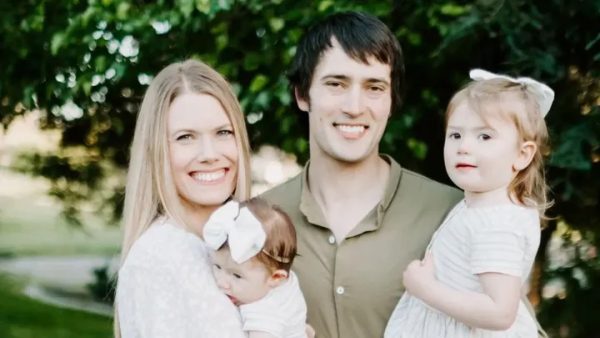




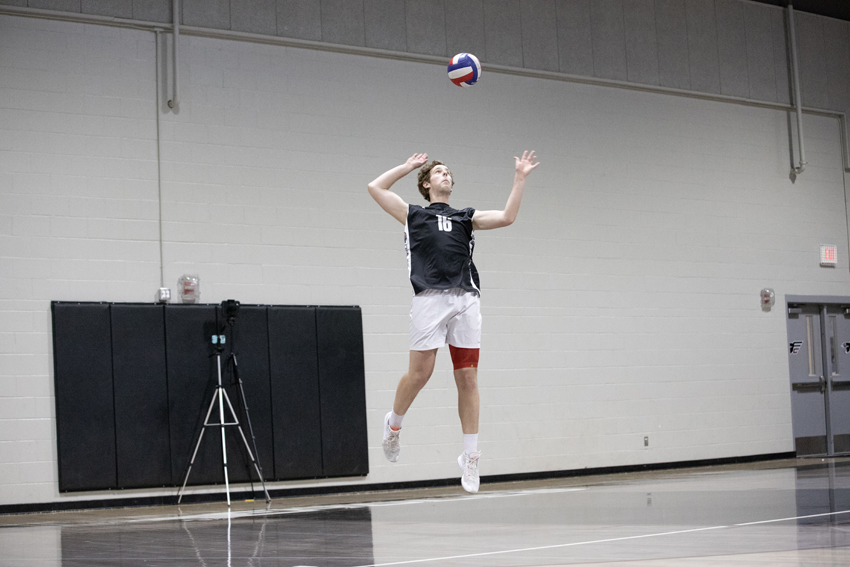
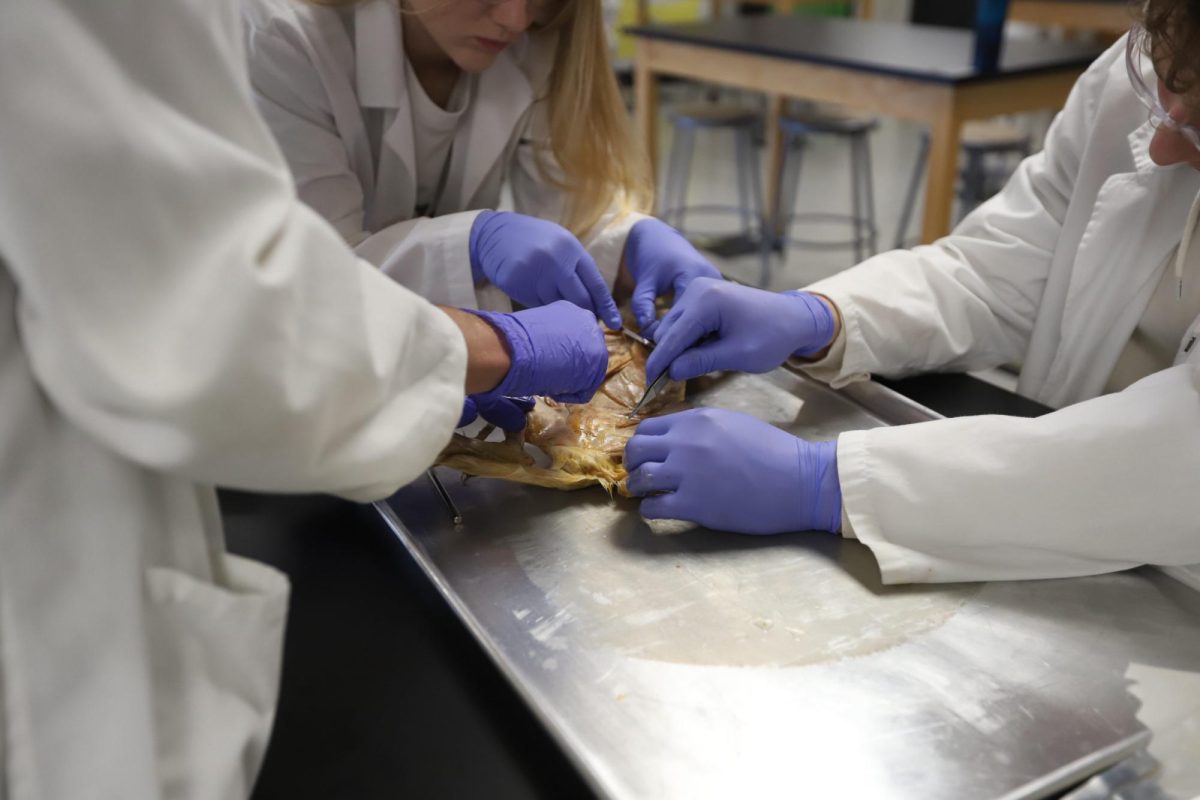
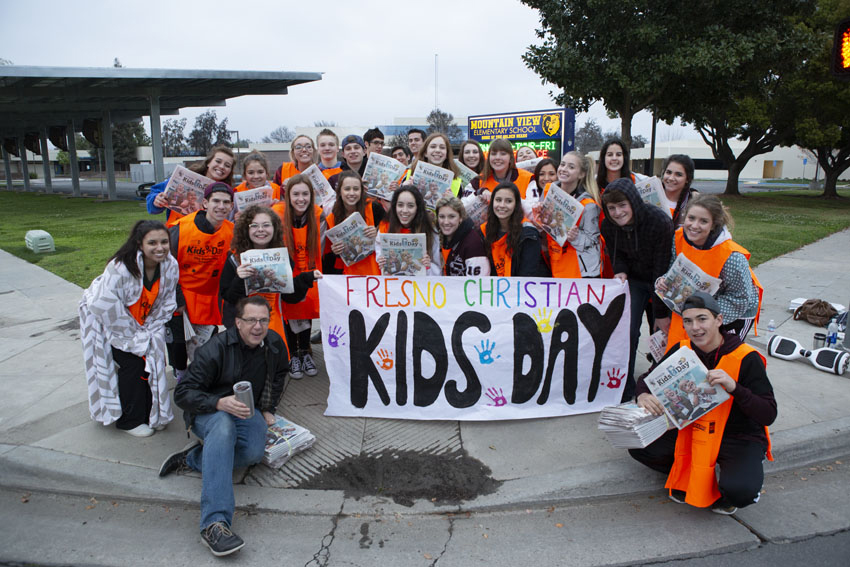
![[Video] 100th CSPA Spring Journalism Conference](https://thefeather.com/wp-content/uploads/2024/04/20240308-cspa-crown-002.jpg)
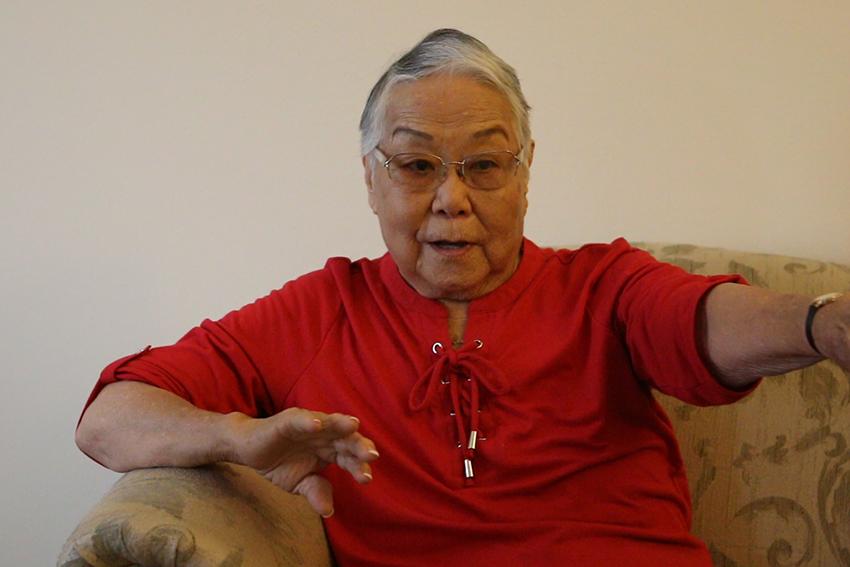
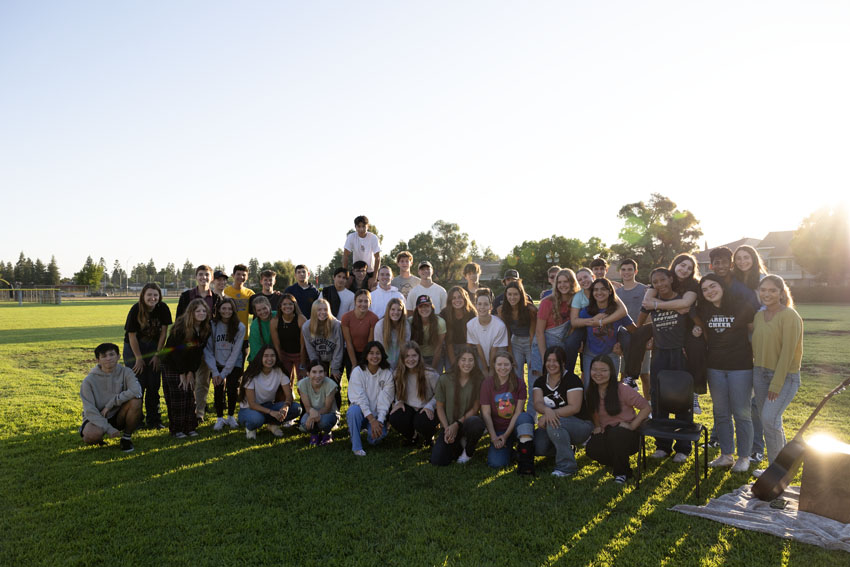




Kaylie Clem • Dec 1, 2017 at 12:14 pm
Great job writing this article Alex. Hide has an amazing story!
Julia Fikse • Nov 28, 2017 at 10:08 pm
Amazing story! Loved reading this article, great job.
Braden • Nov 25, 2017 at 6:14 pm
Very brave of Hide to share her story. Great job Alex and thank you Yamaguchi.
Bryce Foshee • Nov 21, 2017 at 11:59 am
Yamaguchi has a powerful story of forgiveness. Great lessons to learn!